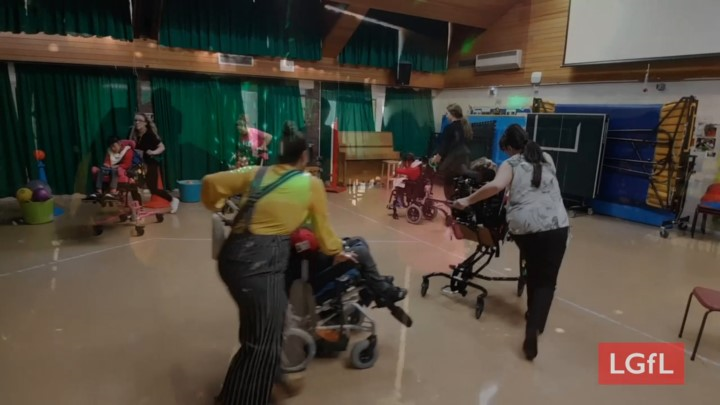Module 2A: Introduction to Multisensory Activities and the Curriculum
A multisensory curriculum ensures that activities involve and engage multiple senses so learners can effectively access themes or topics. It ensures that learners are learning and understanding through their senses in a way that is personalised and appropriate for them.
For example, multisensory activities and opportunities could include (click the arrow to expand each one or click here to expand all of the examples below):
Staff need to think about how they carefully introduce the sensory experience.

Supportive LGfL Resources
- www.audio.lgfl.net – thousands of music tracks which can be searched by key word
- www.listeningbooks.lgfl.net – audio books
- Many resources are also very multisensory e.g. www.busythings.lgfl.net

Key Points
- Multisensory learning activities and a multisensory curriculum enables learning through multiple senses and can be tailored to different learners
- There are many opportunities that can be used to help access learning through vision, hearing, sound, smell, taste and movement
- Sensory experiences and activities need to be planned carefully and respectfully rather than providing a sensory assault for a learner which is not appropriately introduced or supported

Thinking Point
Think of a topic or theme that you currently teach. What multisensory activities could you include to extend and enrich the learning?


